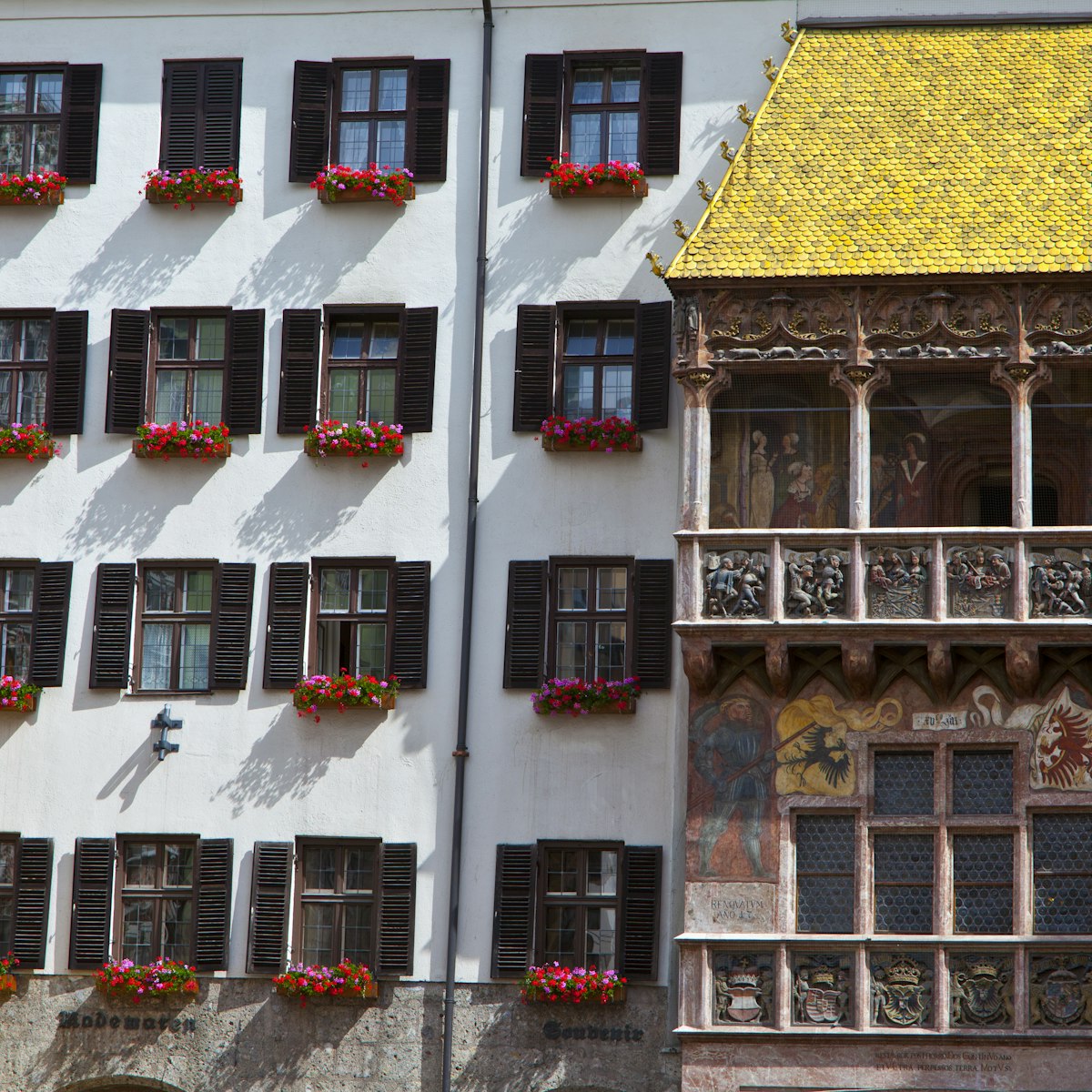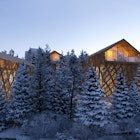
Innsbruck
Picturesquely perched on a hill and set among beautiful gardens, this Renaissance pile was acquired in 1564 by Archduke Ferdinand II, then ruler of Tyrol,…

© Poncho/Getty Images
Tyrol is as pure alpine as Austria gets, with mountains that make you want to yodel out loud and patchwork pastures chiming with cowbells. After the first proper dump of snow in winter, it's a Christmas-card scene, with snow-frosted forests and skiers whizzing down some of the finest slopes in Europe. Summer is lower key: hiking trails thread high to peaks and mountain huts, while folk music gets steins swinging down in the valleys.

Innsbruck
Picturesquely perched on a hill and set among beautiful gardens, this Renaissance pile was acquired in 1564 by Archduke Ferdinand II, then ruler of Tyrol,…

Innsbruck
Grabbing attention with its pearly white facade and cupolas, the Hofburg was built as a castle for Archduke Sigmund the Rich in the 15th century, expanded…

Innsbruck
Innsbruck’s pride and joy is the Gothic Hofkirche, one of Europe’s finest royal court churches. It was commissioned in 1553 by Ferdinand I, who enlisted…

Innsbruck
Innsbruck's golden wonder and most distinctive landmark is this Gothic oriel, built for Holy Roman Emperor Maximilian I (1459–1519), lavishly festooned…

Tyrol
Lifted high on a rocky crag like an offering to the alpine peaks that surround it, Kufstein's turreted castle provides a fascinating insight into the town…

Tyrol
An easygoing family hike is the 5km (approximately three-hour) loop through the dramatic 200m-high Rosengartenschlucht, where boarded walkways make for a…

Tyrol
You almost feel like breaking out into a rendition of ‘Heigh-Ho’ at Silberbergwerk Schwaz, as you board a mini train and venture deep into the bowels of…

Tyrol
Swarovski crystals sparkle in all their glory at the fantasy fairy-tale Kristallwelten. A giant’s head spewing water into a pond greets you in the park,…
Filter by interest:


Apr 27, 2020 • 2 min read

Dec 6, 2019 • 1 min read
